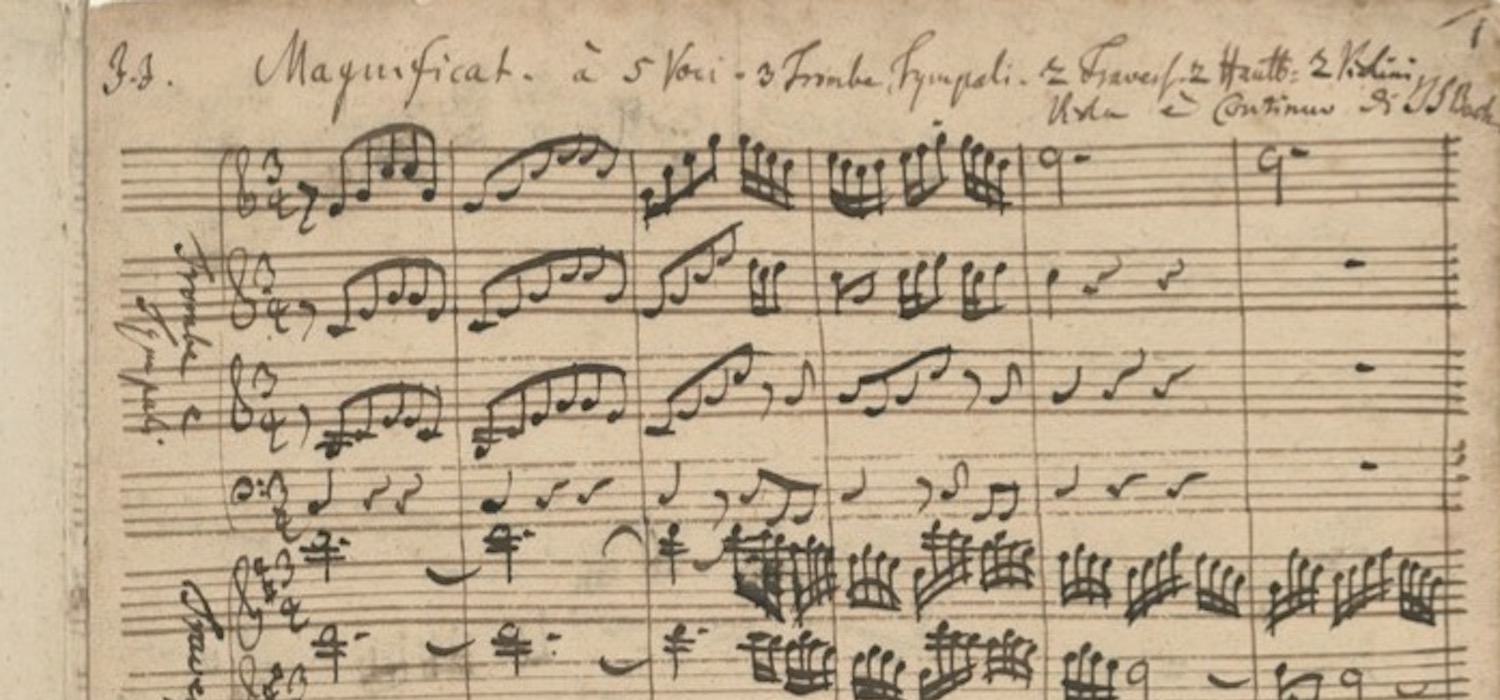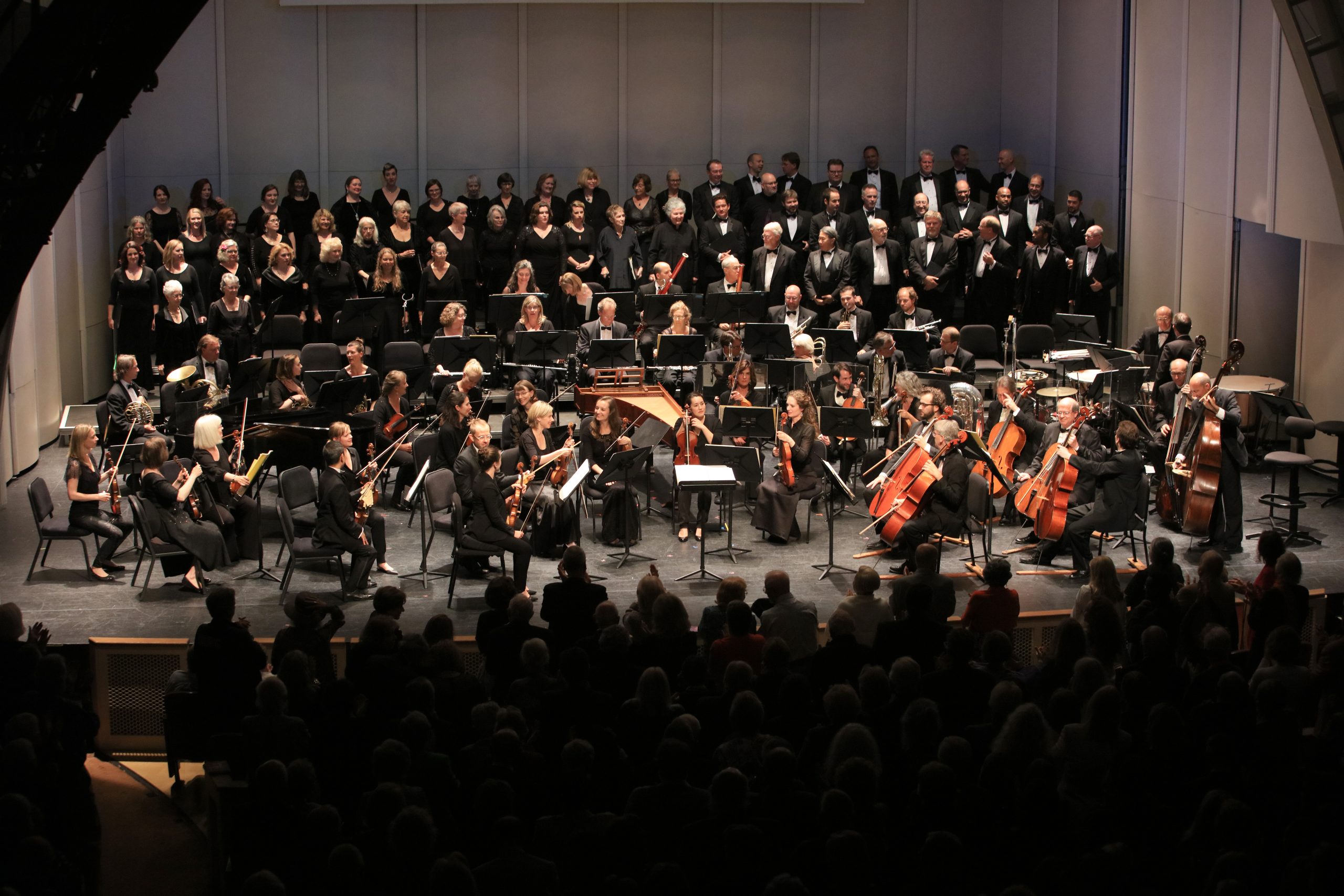
Bach Dialogues
Tuesday, July 25, 7:30 PM, Sunset Center Theater
Festival Chorale and Orchestra; Clara Rottsolk, soprano; Meg Bragle, mezzo-soprano; Thomas Cooley, tenor; Enrico Lagasca, bass-baritone
GUSTAV MAHLER / Arr. CLYTUS GOTTWALD, “Ich bin der Welt abhanden gekommen” (“I am lost to the World”) from Rückert Lieder
HELMUT FRIEDRICH LACHENMANN, Consolation II
J.S. BACH, Magnificat in D Major, BWV 243
FRANZ SCHUBERT, Gesang der Geister über den Wassern (Song of the Spirits over the Waters)
ZELENKA, Miserere, ZWV 57, C Minor
J.S. BACH, Gloria in excelsis Deo
“Ich bin der Welt” (“I am Lost to the World”) is the third song in Gustav Mahler’s Rückert Lieder cycle. The song is one of the composer’s sublime creations. The text is dream-like, concluding with the lines, “I live alone in my heaven, in my love and in my song,” and encourages audiences to enter a deep, mystical trance. This effect is extremely beautiful.
Bach’s Magnificat opens in a blaze of glory, with an unusually large ensemble: five soloists, five-part choir, trumpets, timpani,
and a full wind section. During the 30-minute work, you are taken on a musical journey through ten verses and a Gloria with seemingly continuous ascending melodies. The rhythmic energy of the opening and closing choruses will leave listeners in a joyful, boisterous mood. The Schubert, Zelenka, and Bach Gloria works will be performed between movements of the Magnificat.
Featuring the string section and male voices, Gesang der Geister über den Wassern (Song of the Spirits over the Waters) has the depth of an ocean, resigned calm of a mountain lake, and might of a tropical storm. It opens with an ominous instrumental prologue and pensive chant “the soul of man is like the water.” Tension builds as the chorus ascends and water pours from the sky. In battling quartets, the basses bellow warnings of dangerous tides while the tenors hover above, savoring the refreshing mist. The chorale cries atop a waterfall, falls in slow motion, then glides with smooth melodies like a still lake under the stars. The piece ends as it began, with a stirring chant meditating on humanity’s complexities.
In the 1960’s, when many composers were using electronics to create new sounds, Lachenmann continued to explore the outer limits of the human voice. Consolation II could be described as a setting of an eighteenth-century prayer viewed through a singer’s magnifying glass. It examines each vocal sound with care and explores subtle refinements to achieve a unique masterpiece.


